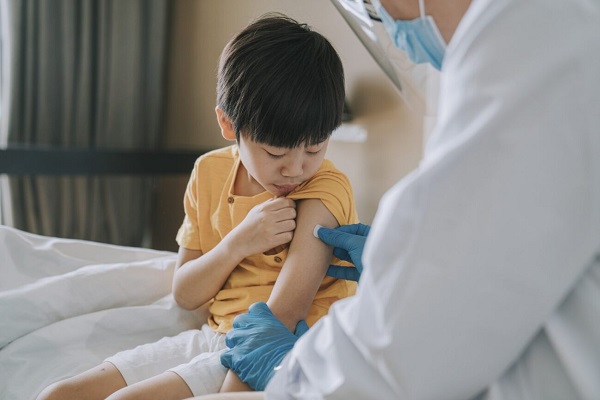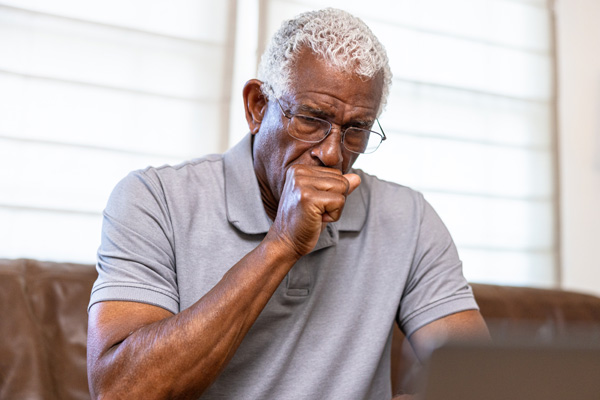What is a Tripledemic? Learn How to Keep Your Family Safe
September 14, 2023
This article was reviewed by our Baystate Health team to ensure medical accuracy.
 Armando Philip S. Paez, MD
View Profile
Armando Philip S. Paez, MD
View Profile

Health & Wellness Tips
Related Articles
-
Coping with Illness
![a woman with her hand on her chest taking a deep breath]()
Understanding Pulmonary Hypertension: Symptoms & Treatments
-
Wellness & Prevention
![What are Different Types of Breast Cancer_ Plus Treatment Options]()
What are Different Types of Breast Cancer? Plus Treatment Options
-
Wellness & Prevention
![When to Get a Flu Shot]()
When to Get a Flu Shot This Year: What Experts Recommend
-
Kids & Teens
![Woman caregiver reading book to smiling young girl.]()
How to Win the Bedtime Battle: How-To Guide for Caregivers
-
Your Healthcare
![Woman provider speaking with patient while sitting at table.]()
Diagnosing and Treating Colon Polyps: What You Need to Know
-
Coping with Illness
![Man on couch coughing into clenched fist.]()
What Is COPD? Understanding Symptoms & Early Signs
-
Your Healthcare
![Woman pharmacist behind pharmacy counter, providing male patient with their medication.]()
Medication Safety: How Pharmacists Help You Manage Your Meds
-
Your Healthcare
![A smiling couple staring into each others eyes. The woman is laying on a bed, while the man is above her, with his face close to hers.]()
Navigating Low Libido: Insights & Solutions for Women
-
Kids & Teens
![a small child holding their belly with IBS pain]()
Is It IBS? Identifying Irritable Bowel Syndrome in Kids
-
Your Healthcare
![an older Black man jogging in a park wearing headphones]()
Discover the Heart-Health Benefits of Weight Loss Medications
Back to Top












